Home>Gardening & Outdoor>Outdoor Structures>How To Set Up Solar Power For A Shed
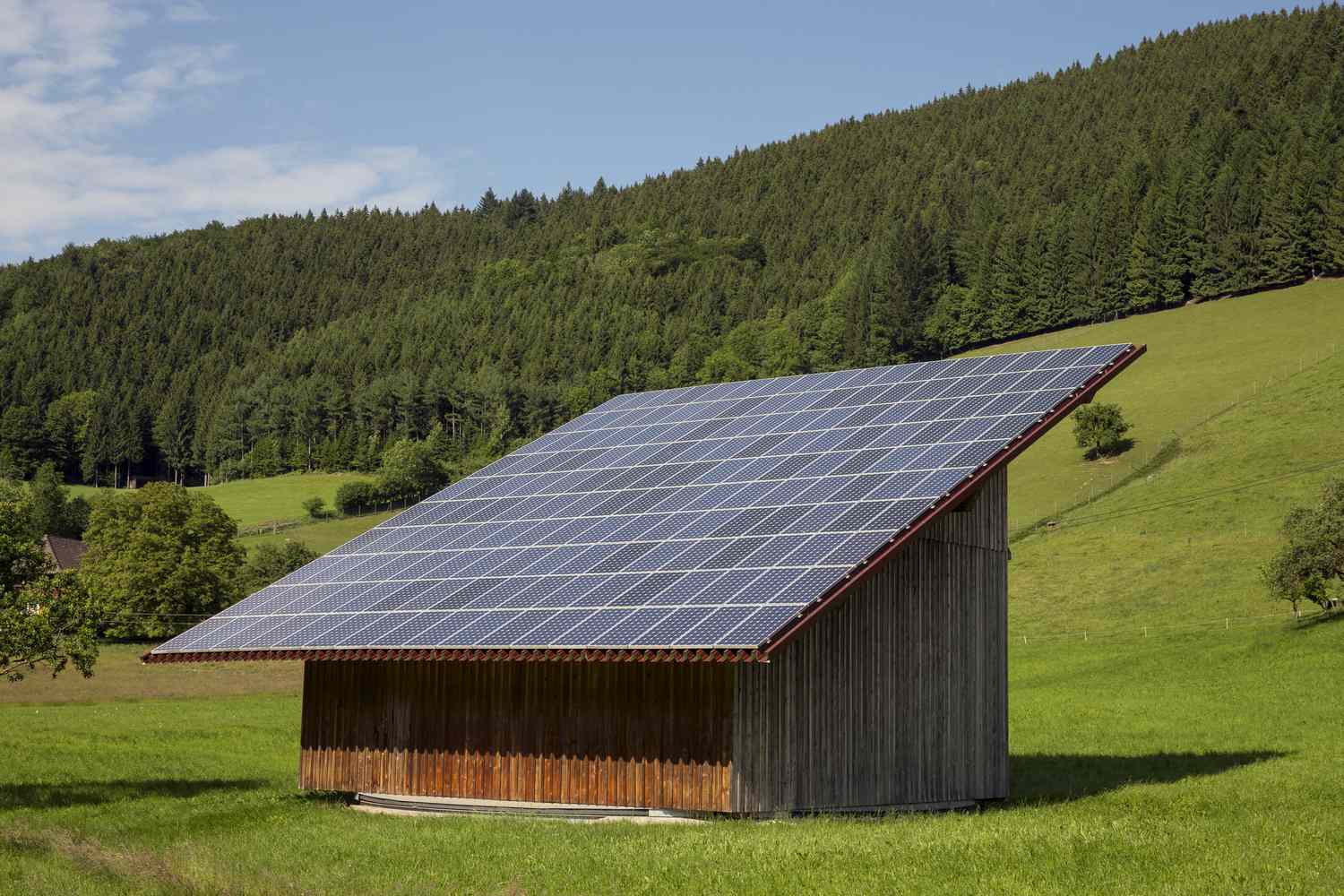

Outdoor Structures
How To Set Up Solar Power For A Shed
Modified: August 28, 2024
Learn how to set up solar power for your outdoor structures with our comprehensive guide. Harness the sun's energy to power your shed and other outdoor spaces efficiently and sustainably.
(Many of the links in this article redirect to a specific reviewed product. Your purchase of these products through affiliate links helps to generate commission for Storables.com, at no extra cost. Learn more)
Introduction
So, you've got a shed that could use some lighting, maybe a power outlet or two, or even a small fan to keep things cool during the sweltering summer months. But running power lines from your house to the shed can be costly and impractical. That's where solar power comes in. By harnessing the sun's energy, you can set up a sustainable and cost-effective power source for your shed.
In this comprehensive guide, we'll walk you through the process of setting up solar power for your shed. Whether you're a seasoned DIY enthusiast or just dipping your toes into the world of solar energy, we'll provide you with all the information you need to make this project a success.
From assessing your shed's power needs to choosing the right solar panels and batteries, to the nitty-gritty of installation and troubleshooting, we've got you covered. So, grab your tool belt and get ready to harness the power of the sun for your shed!
Key Takeaways:
- Embrace solar power for your shed to save money, reduce environmental impact, and gain energy independence, providing a sustainable and reliable power source for all your shed-related needs.
- Carefully assess your shed’s power requirements, choose the right solar panels and batteries, and follow installation and testing best practices to ensure a successful and efficient solar power setup.
Read more: How Much Solar To Power A Shed
Assessing Your Shed’s Power Needs
Before diving into the world of solar power, it’s crucial to assess your shed’s power requirements. Start by making a list of the electrical devices and appliances you plan to use in the shed. This could include lighting, power tools, a fan, a radio, or even a small refrigerator. Take note of the power ratings (in watts) for each of these items. You can usually find this information on a label or in the user manual.
Next, consider how often and for how long you’ll be using these devices. For instance, if you plan to run a 100-watt light bulb for 4 hours a day, that’s 400 watt-hours (Wh) of energy consumption daily for just one light bulb. Add up the total energy consumption for all your devices to get an idea of your daily energy needs.
It’s also important to account for any future additions or upgrades to your shed’s electrical setup. Perhaps you’re considering adding more lighting or a small entertainment system down the line. Anticipating these additions now will help you size your solar power system accordingly.
Additionally, consider the geographical location of your shed. The amount of sunlight it receives throughout the day will impact the efficiency of your solar panels. If your shed is shaded for a significant portion of the day, you may need to compensate by installing additional panels or opting for more efficient ones.
By thoroughly assessing your shed’s power needs, you’ll be better equipped to select the appropriate solar panels and batteries for your off-grid power system. This proactive approach will ensure that your solar setup meets your current and future energy requirements, providing reliable power for all your shed-related activities.
Choosing the Right Solar Panels
When it comes to setting up solar power for your shed, selecting the right solar panels is a critical decision. Solar panels, also known as photovoltaic (PV) panels, are responsible for converting sunlight into electricity. Here are some key factors to consider when choosing the right solar panels for your shed:
- Efficiency: Solar panel efficiency refers to the amount of sunlight the panels can convert into electricity. Higher efficiency panels can generate more power in limited space, which is particularly important if your shed has limited roof space for installation.
- Size and Wattage: Consider the physical dimensions and wattage of the solar panels. Ensure that the panels you choose can fit comfortably on your shed’s roof or mounting location while providing sufficient power to meet your energy needs.
- Durability and Weather Resistance: Since the panels will be exposed to the elements, opt for durable panels designed to withstand the weather conditions in your area. Look for panels with high wind and snow loads if you live in a region with harsh weather.
- Warranty and Reputation: Research the manufacturer’s warranty and the reputation of the solar panel brand. A solid warranty and positive customer reviews can provide peace of mind regarding the longevity and performance of the panels.
- Cost and Budget: While it’s important to consider the cost of the panels, prioritize quality and performance over upfront savings. Investing in high-quality panels may yield greater long-term benefits in terms of energy production and durability.
Furthermore, there are different types of solar panels, including monocrystalline, polycrystalline, and thin-film panels. Each type has its own advantages and considerations in terms of efficiency, cost, and aesthetics. Researching and understanding the characteristics of each type will help you make an informed decision based on your specific requirements and constraints.
By carefully evaluating these factors and understanding the available options, you can choose solar panels that align with your shed’s energy needs, budget, and environmental conditions. This thoughtful selection process sets the stage for a reliable and efficient solar power system for your shed.
Selecting the Proper Battery
Once you’ve chosen the right solar panels for your shed, the next vital component to consider is the battery. Solar batteries store the electricity generated by the solar panels for later use, ensuring a consistent power supply even when the sun isn’t shining. Here are crucial factors to keep in mind when selecting the proper battery for your off-grid shed power system:
- Battery Capacity: The capacity of a battery is measured in ampere-hours (Ah) and indicates the total amount of charge it can store. Calculate your daily energy consumption and choose a battery with sufficient capacity to meet your storage needs, allowing for some buffer to accommodate unexpected variations in energy usage.
- Battery Voltage: Solar batteries come in various voltage ratings. Ensure that the battery voltage aligns with the voltage output of your solar panels and the input requirements of your inverter for seamless compatibility and efficient energy transfer.
- Battery Type: There are different types of solar batteries, such as lead-acid, lithium-ion, and saltwater batteries, each with unique characteristics in terms of energy density, lifespan, and maintenance requirements. Consider the pros and cons of each type to determine the most suitable option for your shed’s power setup.
- Cycle Life and Depth of Discharge: Evaluate the battery’s cycle life, which indicates the number of charge-discharge cycles it can undergo before its performance degrades. Additionally, consider the depth of discharge (DoD) that the battery can safely handle, as frequent deep discharges can impact the battery’s longevity.
- Temperature Tolerance: Depending on your geographic location, the battery’s ability to operate effectively in varying temperatures is crucial. Some batteries are designed to withstand extreme temperatures, making them suitable for diverse climate conditions.
Furthermore, factor in the physical size and weight of the battery, especially if space is limited in your shed. Additionally, consider the maintenance requirements and any associated safety considerations when choosing a solar battery for your off-grid power system.
By carefully assessing these battery-related considerations and understanding the specific requirements of your shed’s power setup, you can select a reliable and efficient battery that complements your solar panels, ensuring a steady and uninterrupted power supply for your shed’s electrical needs.
When setting up solar power for a shed, make sure to position the solar panels in a location that receives maximum sunlight throughout the day. This will ensure that the panels can generate the most electricity for your shed.
Installing Solar Panels on Your Shed
With the solar panels and battery selected, it’s time to embark on the installation process. Proper installation is crucial to ensure the optimal performance and longevity of your solar power system. Here’s a step-by-step guide to installing solar panels on your shed:
- Assess the Mounting Location: Determine the ideal location for mounting the solar panels on your shed’s roof or nearby area. Ensure that the chosen location receives ample sunlight throughout the day and has minimal shading from nearby trees or structures.
- Install Mounting Hardware: Securely install the mounting hardware for the solar panels, such as rails and brackets, following the manufacturer’s guidelines. Ensure that the mounting structure is robust and securely anchored to support the weight of the panels and withstand environmental factors.
- Position and Secure the Solar Panels: Carefully position and secure the solar panels onto the mounting structure, ensuring proper alignment and spacing between the panels. Follow the recommended tilt angle and orientation to maximize sunlight exposure and energy production.
- Wire the Solar Panels: Connect the solar panels in series or parallel, as per the system voltage requirements, using appropriate wiring and connectors. Ensure that the wiring is neatly organized and protected against potential damage from weather or wildlife.
- Grounding and Safety Measures: Implement proper grounding for the solar panel array to mitigate the risk of electrical hazards. Adhere to electrical safety standards and guidelines throughout the installation process to ensure a safe and reliable setup.
- Secure Permits and Inspections: Depending on your local regulations, secure any necessary permits for the solar panel installation. Schedule inspections as required to verify compliance with electrical codes and safety standards.
Throughout the installation, prioritize safety, precision, and attention to detail to create a robust and efficient solar power system for your shed. If you’re unsure about any aspect of the installation process, consider consulting a professional or experienced solar installer to ensure a successful and code-compliant setup.
By following these installation steps and adhering to best practices, you can harness the sun’s energy to power your shed, reducing your reliance on traditional grid electricity and embracing a sustainable and environmentally friendly power source.
Read more: How To Jack Up A Shed
Connecting the Battery and Inverter
After the successful installation of the solar panels, the next crucial step in setting up your shed’s solar power system involves connecting the battery and inverter. The inverter plays a pivotal role in converting the direct current (DC) electricity generated by the solar panels and stored in the battery into alternating current (AC) electricity suitable for powering your shed’s electrical devices. Here’s a guide to connecting the battery and inverter for a seamless and efficient solar power setup:
- Position the Inverter: Select an appropriate location within your shed to mount the inverter, ensuring proper ventilation and accessibility. The inverter should be positioned close to the battery and electrical panel to minimize wiring runs and voltage drop.
- Connect the Battery to the Inverter: Follow the manufacturer’s guidelines to connect the solar battery to the inverter, ensuring the correct polarity and secure connections. Adhere to safety precautions and recommended wiring practices to prevent electrical hazards.
- Wire the Inverter to the Electrical Panel: Use appropriately sized and rated wiring to connect the inverter’s output to the electrical panel in your shed. Implement proper overcurrent protection and disconnect means as per the electrical code requirements.
- Configure the Inverter Settings: Access the inverter’s settings and configure the operational parameters, including input voltage range, output frequency, and any additional settings specific to your solar power system. Refer to the inverter’s user manual for detailed instructions.
- Perform System Checks and Testing: Conduct thorough system checks to verify the proper functioning of the inverter, battery connections, and electrical panel integration. Test the system under load to ensure reliable and stable power output.
- Implement Safety Precautions: Install appropriate signage and labels to indicate the presence of a solar power system and the location of disconnects. Educate all shed users about the system’s operation and safety guidelines.
By meticulously following these steps and consulting with a qualified electrician if needed, you can effectively connect the battery and inverter, bringing your shed’s solar power system to life. This seamless integration of components ensures a dependable and sustainable power supply for your shed’s electrical needs, reducing your environmental footprint and energy expenses.
Testing and Troubleshooting
Upon completing the installation and connection of your shed’s solar power system, thorough testing and troubleshooting are essential to ensure its optimal performance and address any potential issues. Here’s a comprehensive guide to testing and troubleshooting your solar power setup:
- Initial System Checks: Verify that all connections, including those between the solar panels, battery, inverter, and electrical panel, are secure and correctly configured. Inspect the wiring for any signs of damage or loose connections.
- Solar Panel Output Test: Use a multimeter to measure the voltage and current output of the solar panels under direct sunlight. Compare the readings to the expected values provided by the panel manufacturer to ensure they are operating within the specified range.
- Battery Performance Test: Monitor the state of charge of the solar battery and assess its charging and discharging cycles. Ensure that the battery is effectively storing and releasing energy as intended, and confirm that it can sustain the anticipated load.
- Inverter Functionality Check: Test the inverter’s operation by connecting various electrical devices to assess its ability to convert DC power from the battery into usable AC power. Verify that the inverter’s output voltage and frequency align with standard electrical specifications.
- Load Testing: Gradually introduce the planned electrical load of your shed, including lighting, tools, or appliances, to the solar power system. Monitor the system’s performance under varying loads to ensure its stability and capacity to meet your energy requirements.
- Troubleshooting Common Issues: Address any potential issues such as voltage fluctuations, irregular charging patterns, or unexpected system shutdowns. Troubleshoot these issues methodically, checking each component and connection for anomalies and consulting the system’s user manual or a qualified professional as needed.
- Emergency Shutdown Procedures: Establish clear procedures for shutting down the solar power system in case of emergencies or maintenance requirements. Ensure that all users are aware of these procedures to mitigate risks and prevent accidents.
By conducting rigorous testing and proactive troubleshooting, you can identify and resolve any operational challenges, ensuring that your shed’s solar power system delivers reliable and sustainable electricity for your needs. Regular monitoring and periodic maintenance will further optimize the system’s efficiency and longevity, allowing you to enjoy the benefits of clean and cost-effective solar energy.
Conclusion
Congratulations on successfully setting up a solar power system for your shed! By harnessing the abundant energy of the sun, you’ve created a sustainable and environmentally friendly power source that can enhance the functionality and comfort of your shed. As you wrap up this transformative project, here are some key takeaways and considerations:
- Sustainability and Cost Savings: Embracing solar power for your shed reduces your reliance on traditional grid electricity, contributing to a greener and more sustainable lifestyle. Additionally, the long-term savings on energy costs make solar power a prudent investment.
- Energy Independence: With your off-grid solar power system, you’ve gained independence from utility companies and power outages, ensuring a consistent power supply for your shed’s electrical needs, even in remote locations.
- Environmental Impact: By utilizing clean and renewable energy, you’ve made a positive impact on the environment, reducing carbon emissions and promoting a more eco-conscious approach to energy consumption.
- Continuous Monitoring and Maintenance: Regularly monitor the performance of your solar power system and conduct routine maintenance to maximize its efficiency and longevity. This proactive approach will ensure optimal energy production and system reliability.
- Community and Knowledge Sharing: Consider sharing your experience with others who may be interested in adopting solar power for their sheds or outdoor structures. Your insights and lessons learned can inspire and guide fellow enthusiasts in their renewable energy endeavors.
As you bask in the glow of your newly established solar power system, remember that ongoing learning and exploration are integral to maximizing its benefits. Stay informed about advancements in solar technology, energy storage solutions, and sustainable practices to continuously enhance your shed’s energy setup.
With your shed now powered by the sun, you’ve not only unlocked a reliable and efficient energy source but also embraced a forward-looking approach to energy utilization. Your commitment to solar power sets a shining example of sustainable living and responsible energy stewardship. So, revel in the brilliance of solar energy and the boundless possibilities it brings to your shed and beyond!
Frequently Asked Questions about How To Set Up Solar Power For A Shed
Was this page helpful?
At Storables.com, we guarantee accurate and reliable information. Our content, validated by Expert Board Contributors, is crafted following stringent Editorial Policies. We're committed to providing you with well-researched, expert-backed insights for all your informational needs.
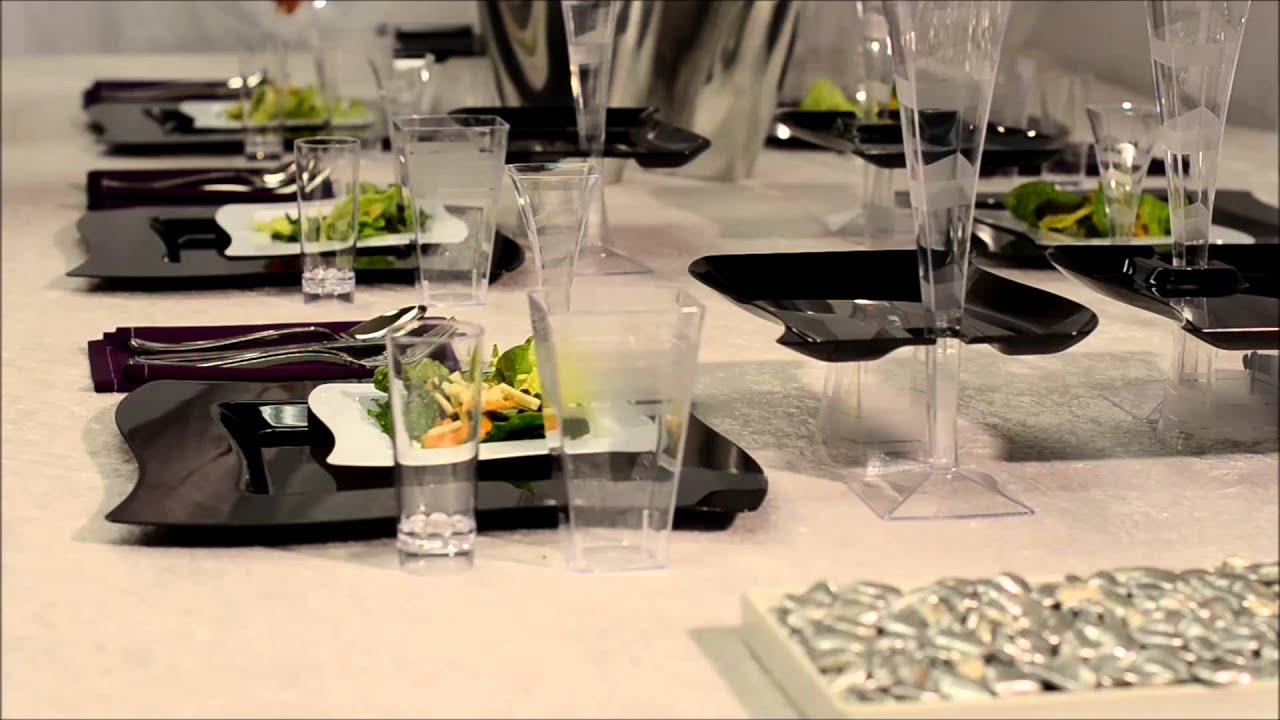
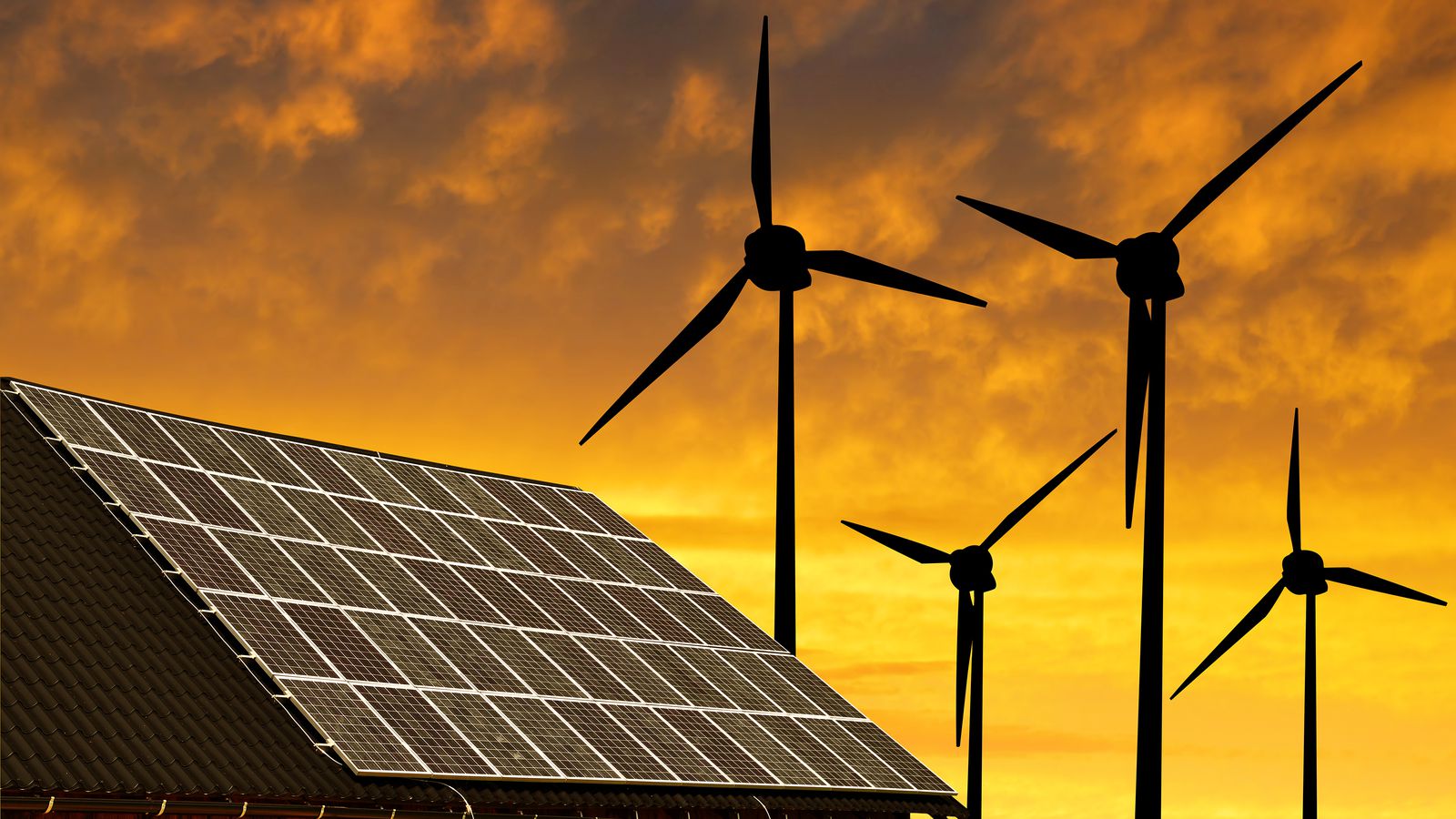
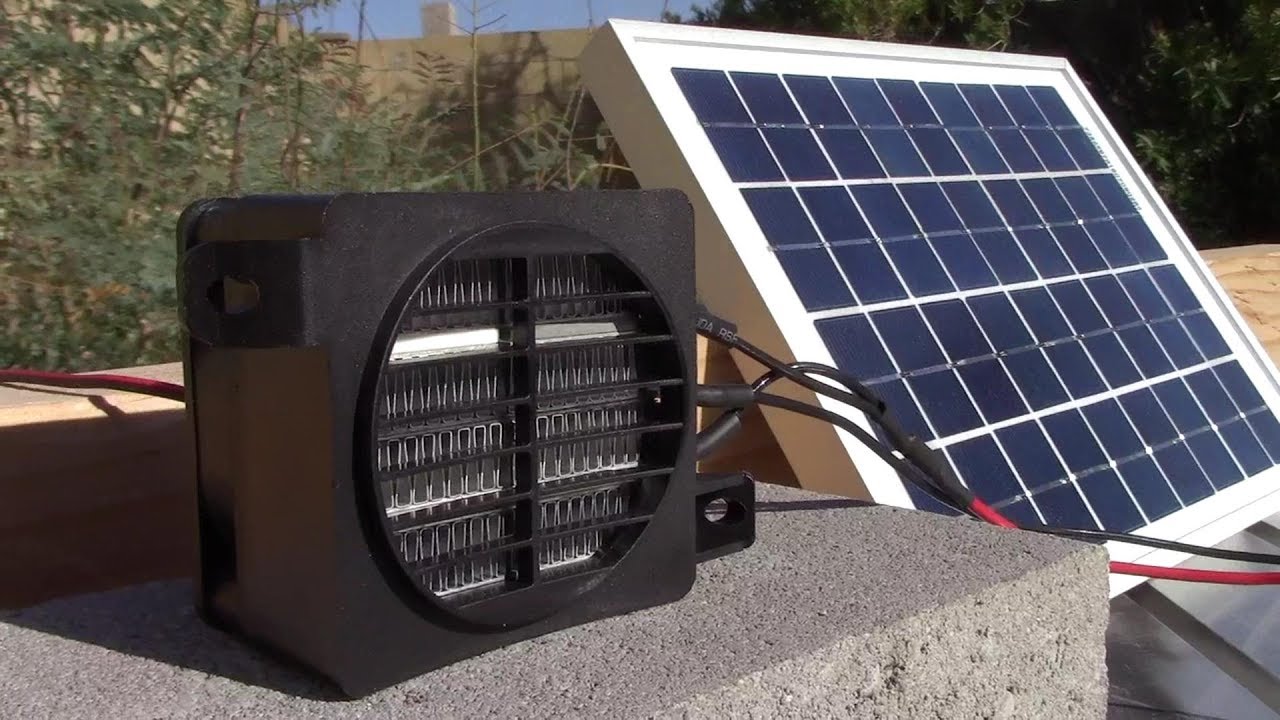
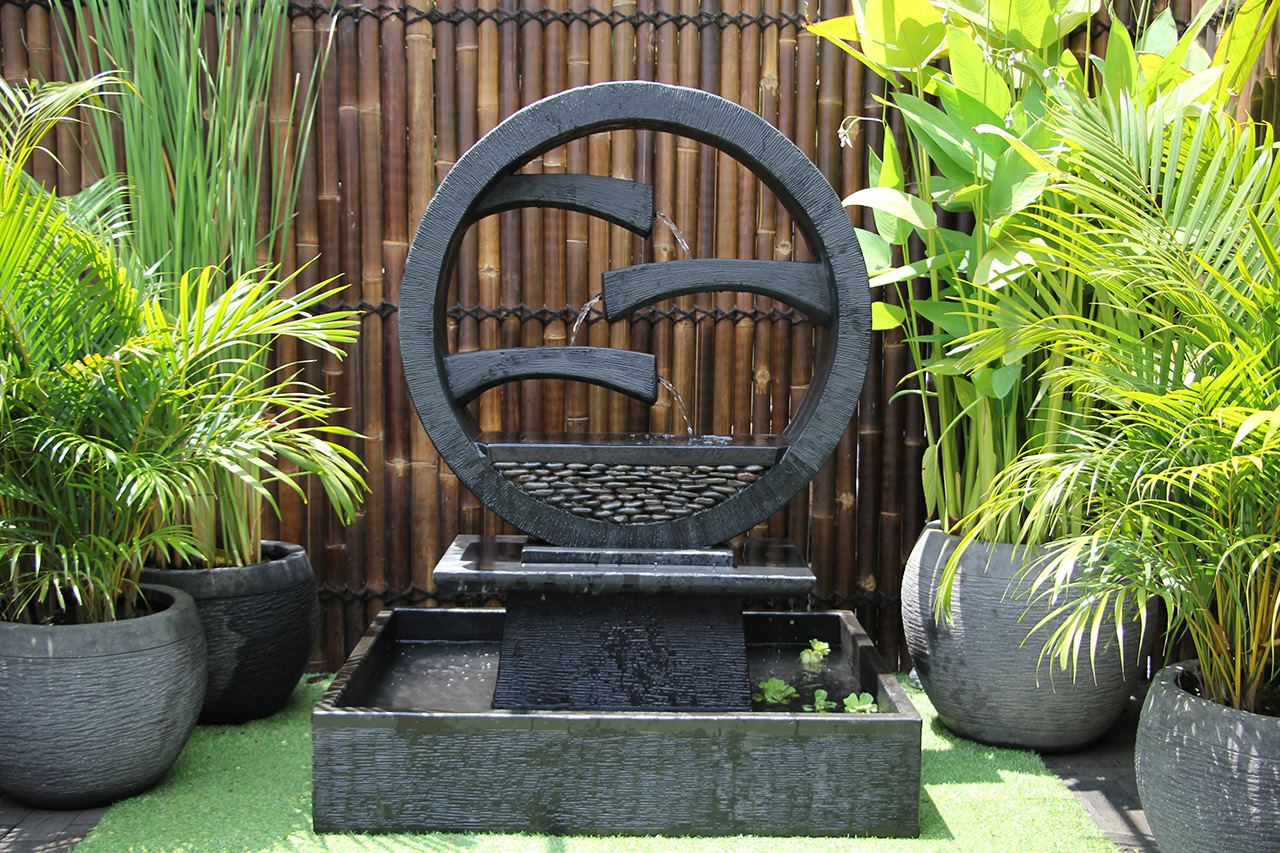


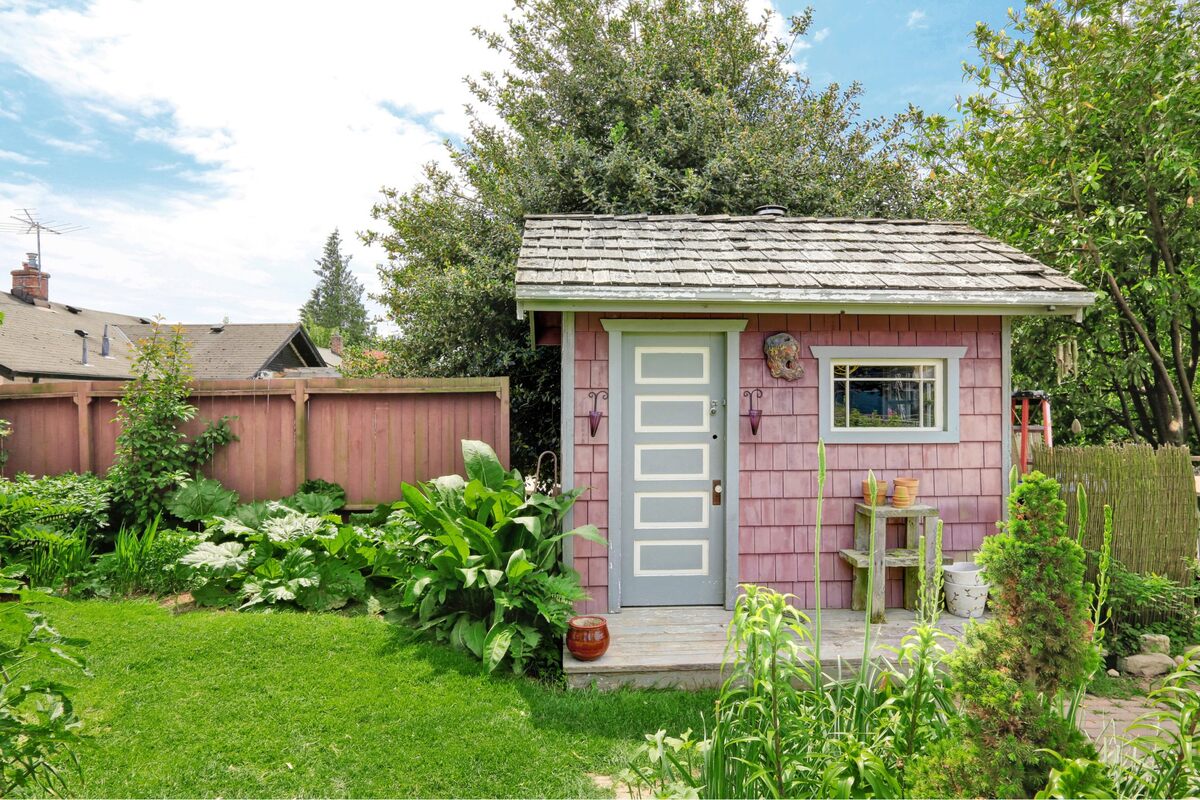
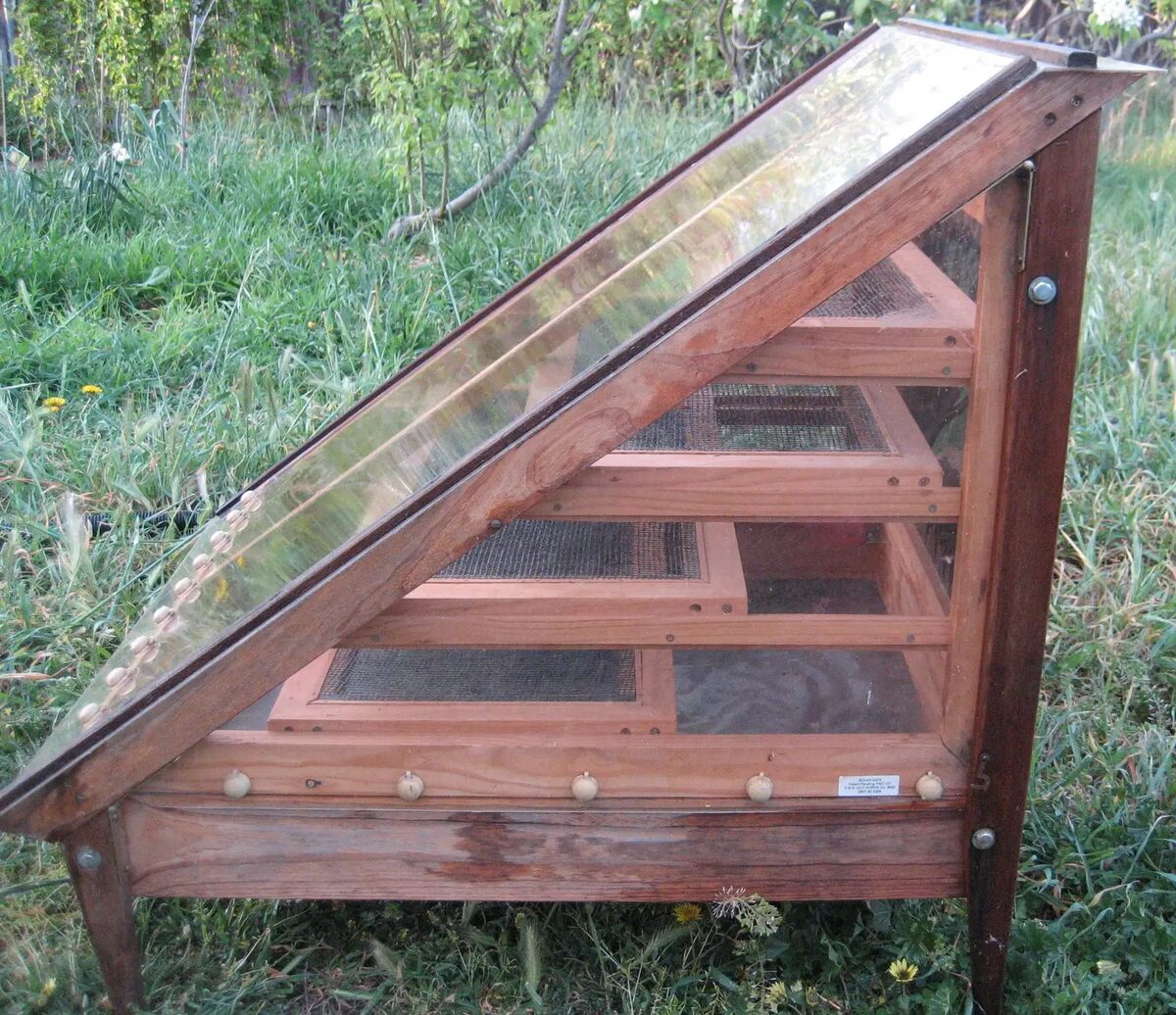
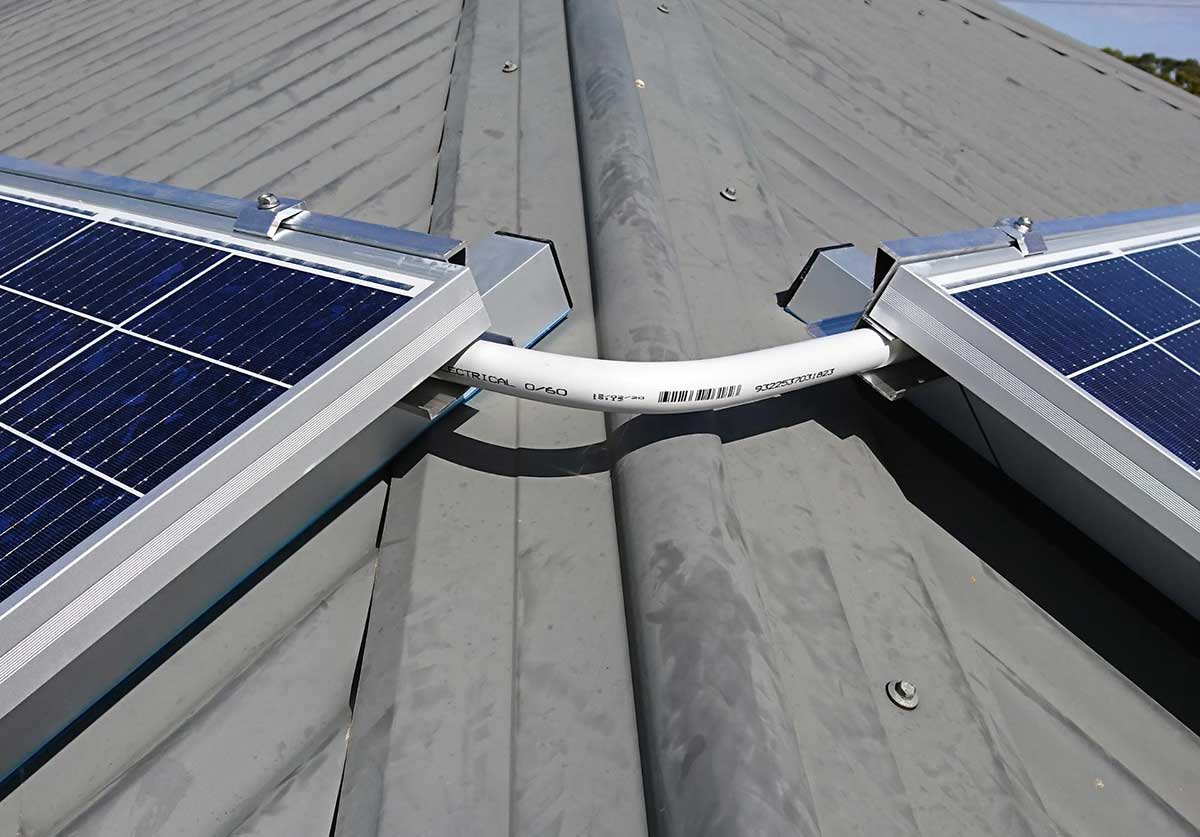
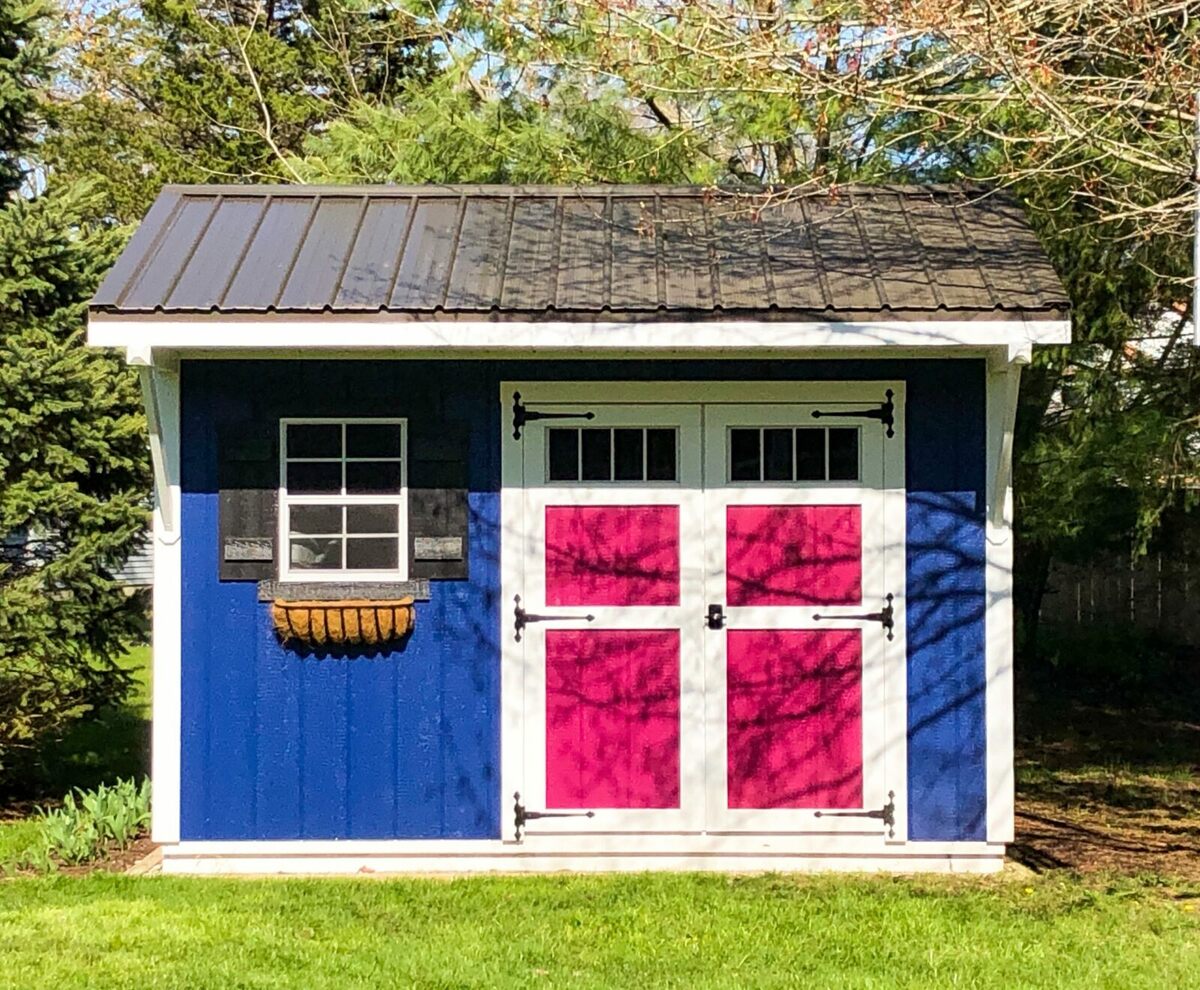
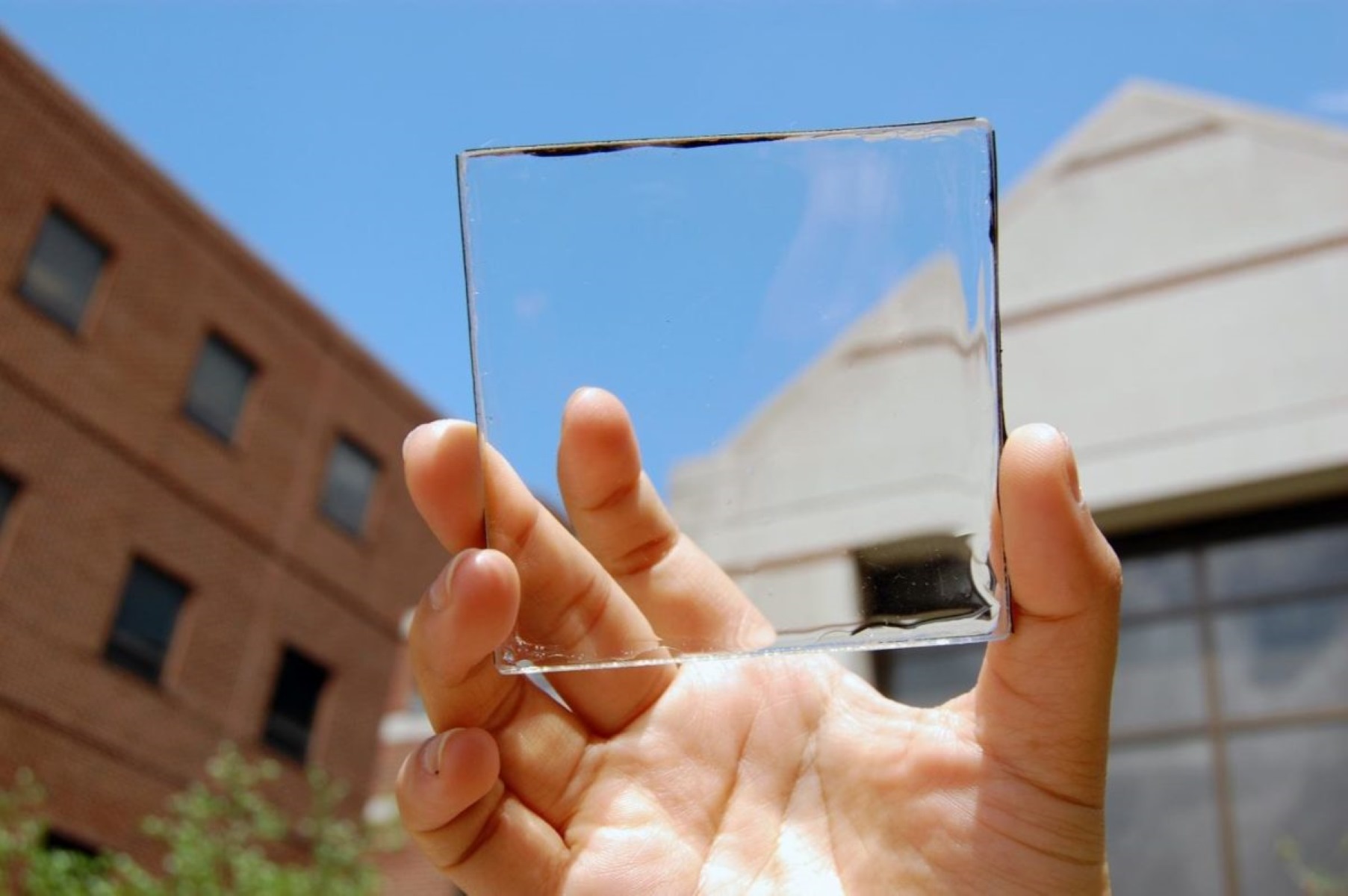
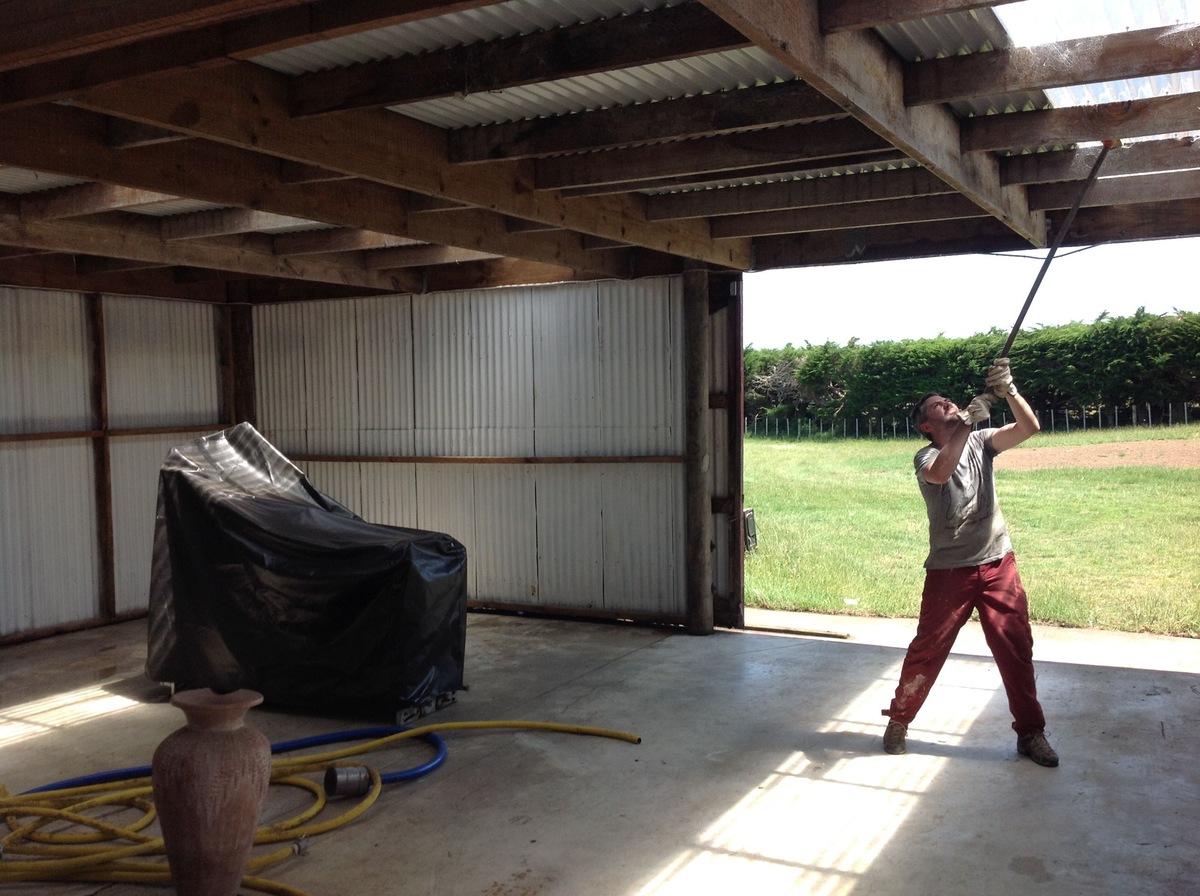
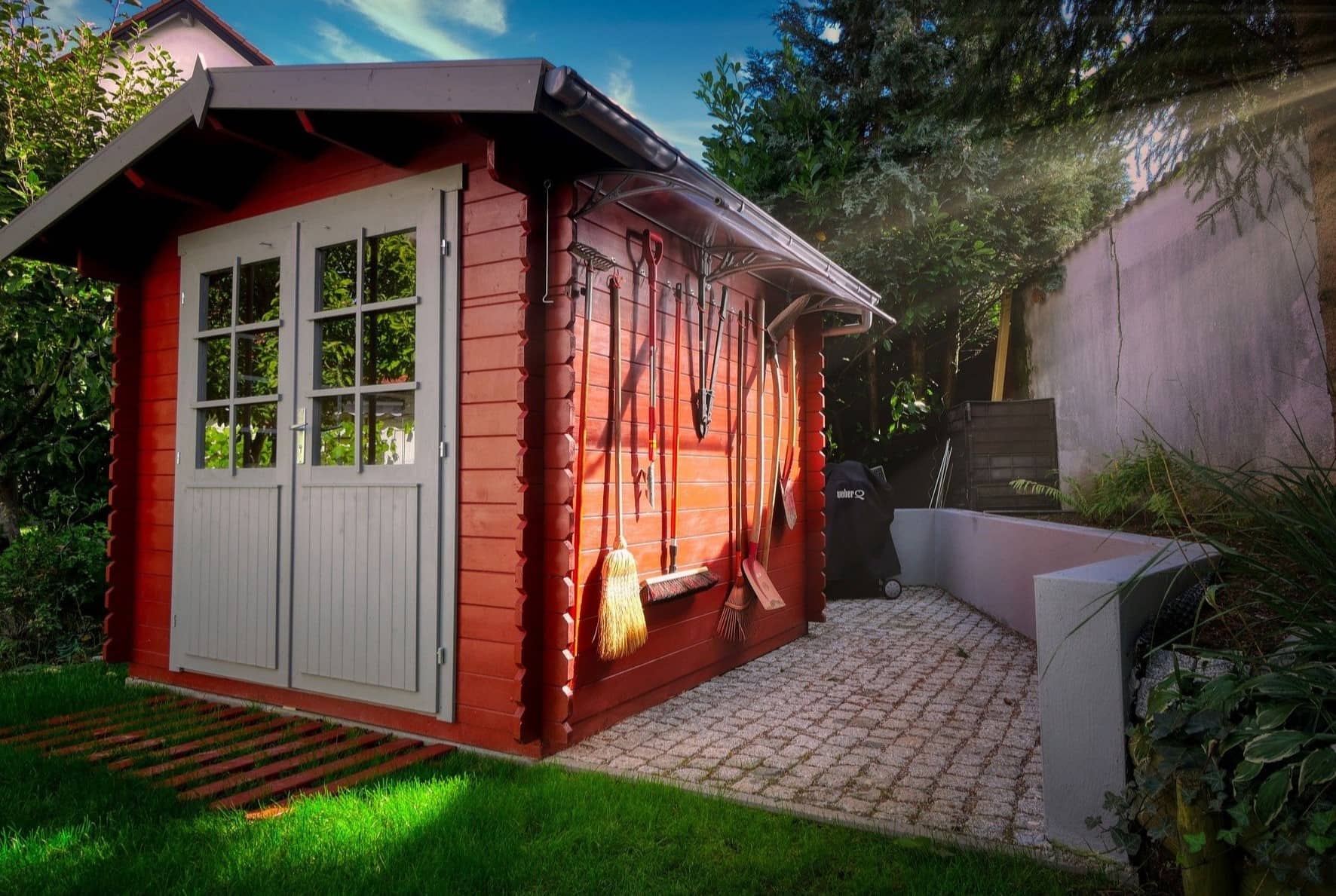
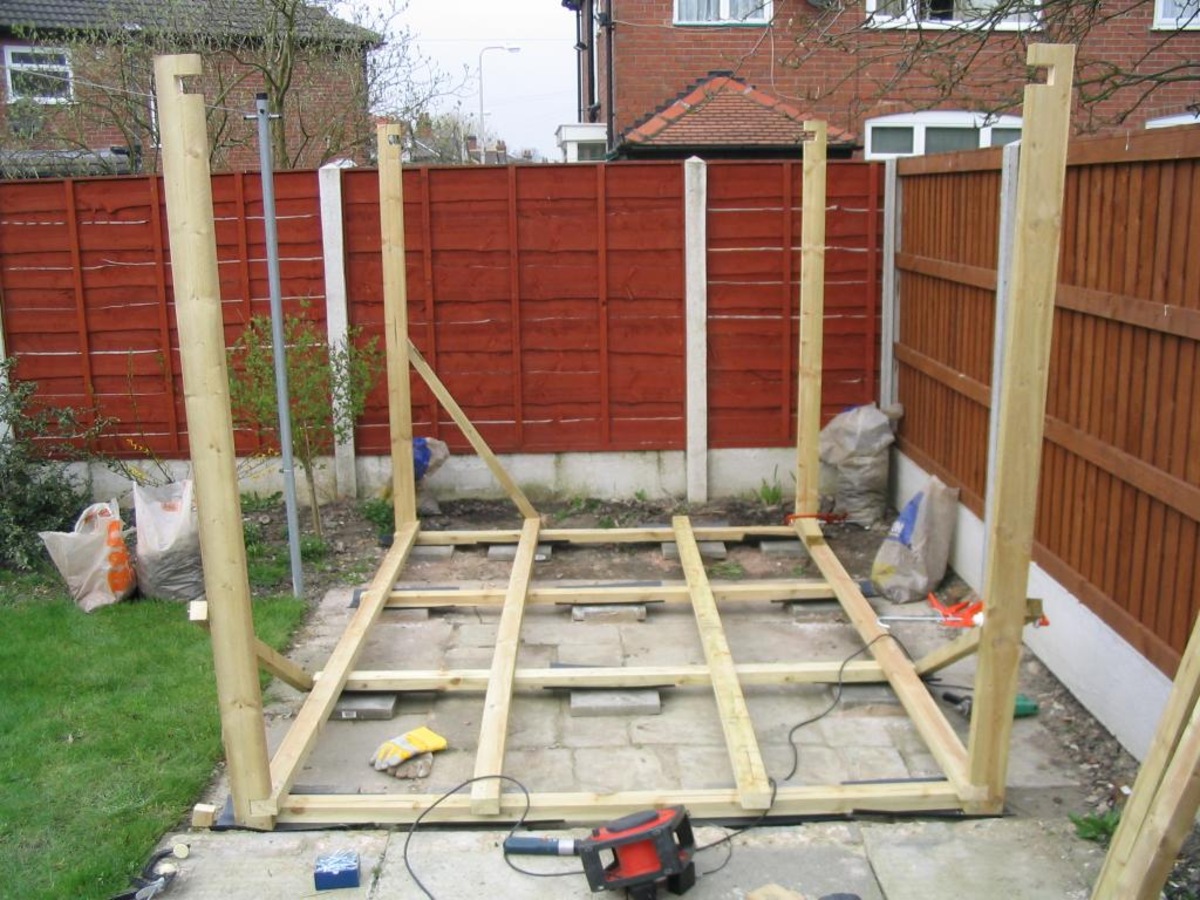

0 thoughts on “How To Set Up Solar Power For A Shed”